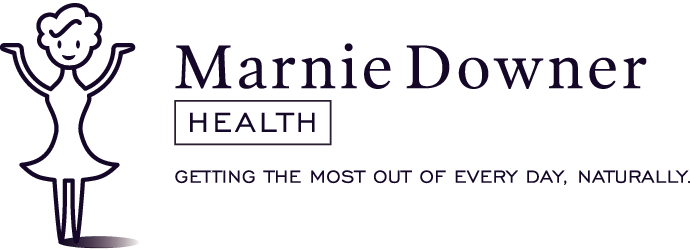In 1928 Alexander Fleming accidently discovered the antibiotic, Penicillin, after leaving his lab a little messy and going on holidays! How cool is that? To quote the great man, “When I woke up just after dawn on September 28, 1928, I certainly didn’t plan to revolutionise all medicine by discovering the world’s first antibiotic, or bacteria killer, but I suppose that was exactly what I did.”
Whilst there’s no denying that antibiotics have helped countless people from dying of seemingly benign infections, such a tooth abscesses, their overuse has led to the WHO (that’s NOT the wrestling federation…) to warn that antimicrobial resistance poses one of the greatest threats to human health. Serious stuff indeed.
According to the WHO, “All around the world, many common infections are becoming resistant to the antimicrobial medicines used to treat them, resulting in longer illnesses and more deaths. At the same time, not enough new antimicrobial drugs, especially antibiotics, are being developed to replace older and increasingly ineffective ones.”
How do antibiotics work?
Antibiotics kill bacteria by destroying their outer membranes and gaining access to their insides.
Some antibiotics punch holes in the walls of the bacteria making them spill their contents.
Important: Antibiotics work on bacteria, fungi and some parasites, NOT viruses – colds can be viral or bacterial, so reaching for antibiotics is probably not the best thing.
The problem with overuse
- Many beneficial microbial species are eliminated (never to return)
- Antibiotics can damage tissues and organs of the body
Repeated use of antibiotics can make bacteria stronger. Bacteria are highly adaptable:
- They can mutate to make their cell membranes stronger thereby preventing access.
- They can produce toxins that neutralise antibiotics
- They can borrow drug resistant genes from neighbouring bacteria.
Disturbing stats:
- A 2014 survey found that global consumption of antibiotics rose over 35% from 2000 – 2010
- 25 000 people died from infections resistant to antibiotics in 2014
- In the 1990s 10-15% or antibiotics were resistant. Today….60%
Entering the food chain:
As far back as the 1950s, farmers noticed that low-dose antibiotics fed to their livestock made their animals plumper. This is our worst case scenario for antibiotic resistance. Low dose antibiotics give the bacteria an opportunity to become that little more resistant.
Debbie Downer’s more disturbing facts:
Australia imports 700 tonnes of antibiotics annually
- Half go into stock-feed
- 8% vet use
- 1/3 for humans
In 2006 the EU banned low-dose antibiotic treatment for fattening livestock (finally, some light!).
How do you know when to take antibiotics?
It’s important to discuss with your doctor when and if antibiotics are needed.
While having to take antibiotics is never ideal, there are many cases where it is absolutely necessary, and don’t worry – the situation is far from hopeless.
Next up: ways to re-balance your flora after antibiotics.


